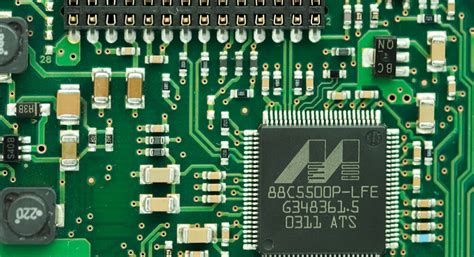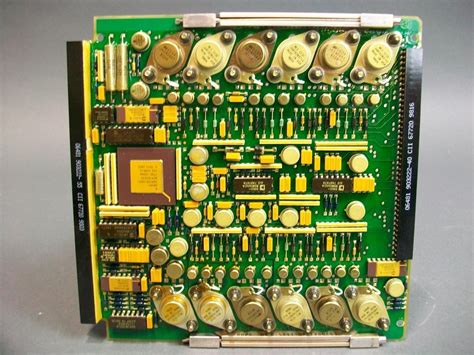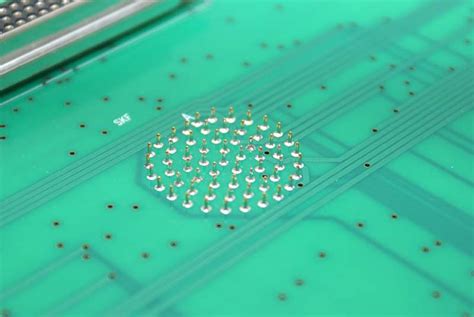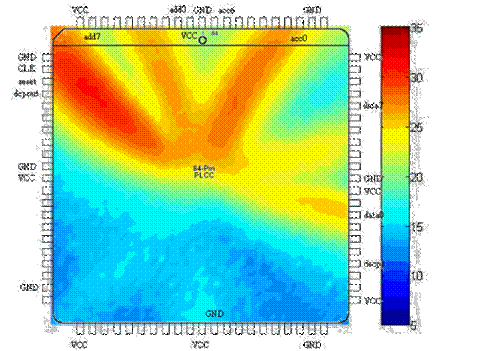PCB EMI Shielding: Techniques, Materials, and Best Practices
Introduction
Electromagnetic Interference (EMI) is a significant concern in the design and manufacturing of printed circuit boards (PCBs). EMI can disrupt the performance of electronic devices, leading to malfunctions, data corruption, and even complete system failures. To mitigate these issues, PCB designers employ various EMI shielding techniques. This article delves into the principles of PCB EMI shielding, the materials used, and best practices for effective EMI management.
Understanding EMI and Its Impact on PCBs
What is EMI?
EMI refers to the disturbance generated by an external source that affects an electrical circuit through electromagnetic induction, electrostatic coupling, or conduction. EMI can be categorized into two types:
- Radiated EMI: This occurs when the interference is transmitted through the air via electromagnetic waves.
- Conducted EMI: This happens when the interference is transmitted through physical connections, such as wires or traces on a PCB.
Sources of EMI
EMI can originate from various sources, including:
- Natural Sources: Lightning, solar flares, and cosmic noise.
- Man-Made Sources: Radio transmitters, mobile phones, computers, and other electronic devices.
Impact of EMI on PCBs
EMI can have several detrimental effects on PCBs, including:
- Signal Integrity Issues: EMI can distort signals, leading to data errors and communication failures.
- Component Malfunction: Sensitive components may behave unpredictably or fail altogether.
- Regulatory Non-Compliance: Electronic devices must meet specific EMI standards to be marketable. Failure to comply can result in legal and financial repercussions.

Principles of EMI Shielding
EMI shielding involves creating a barrier that attenuates the electromagnetic fields, thereby reducing their impact on the PCB. The effectiveness of EMI shielding is measured in decibels (dB) and depends on several factors, including the material used, the thickness of the shield, and the frequency of the EMI.
Shielding Mechanisms
- Reflection: The shield reflects the electromagnetic waves, preventing them from penetrating the PCB.
- Absorption: The shield absorbs the electromagnetic energy, converting it into heat.
- Multiple Reflections: The shield causes multiple reflections within its structure, dissipating the energy.
Materials Used for EMI Shielding
The choice of material for EMI shielding is critical and depends on the specific requirements of the PCB. Common materials include:
Conductive Materials
- Copper: Copper is widely used due to its excellent conductivity and flexibility. It is often used in the form of foil or plating.
- Aluminum: Aluminum is lightweight and offers good conductivity. It is commonly used in enclosures and shields.
- Nickel: Nickel provides good corrosion resistance and is often used as a plating material.
- Silver: Silver offers the highest conductivity but is expensive and prone to tarnishing.
Magnetic Materials
- Mu-Metal: Mu-metal is a nickel-iron alloy with high magnetic permeability, making it effective for low-frequency EMI shielding.
- Ferrite: Ferrite is a ceramic material with high magnetic permeability, commonly used in beads and cores to suppress high-frequency EMI.
Composite Materials
- Conductive Polymers: These are polymers filled with conductive particles, offering a balance between conductivity and flexibility.
- Metal-Coated Plastics: These materials combine the lightweight properties of plastics with the conductivity of metals, making them suitable for enclosures and shields.
EMI Shielding Techniques for PCBs
Several techniques can be employed to shield PCBs from EMI. These techniques can be broadly categorized into board-level shielding and component-level shielding.
Board-Level Shielding
- Ground Planes: A solid ground plane on the PCB can act as a shield by providing a low-impedance path for EMI to dissipate.
- Power Planes: Properly designed power planes can help reduce EMI by minimizing the loop area of high-frequency currents.
- Shielding Cans: Metal cans or enclosures can be placed over sensitive components or entire sections of the PCB to block EMI.
- Shielding Traces: Routing critical traces between ground planes or using guard traces can help reduce EMI.
Component-Level Shielding
- Shielding Gaskets: Conductive gaskets can be used to seal gaps between components and the PCB, preventing EMI leakage.
- Shielding Coatings: Conductive coatings can be applied to components or the entire PCB to provide EMI protection.
- Ferrite Beads: Ferrite beads can be placed on power and signal lines to suppress high-frequency EMI.

Best Practices for PCB EMI Shielding
Effective EMI shielding requires a combination of good design practices and the appropriate use of materials. Here are some best practices to consider:
Design Considerations
- Minimize Loop Areas: Reduce the loop area of high-frequency currents by placing components close together and using short traces.
- Proper Grounding: Ensure a solid and low-impedance ground plane to provide a effective EMI shield.
- Signal Integrity: Use differential signaling, impedance matching, and proper termination to maintain signal integrity and reduce EMI.
- Component Placement: Place sensitive components away from high-speed digital circuits and power supplies to minimize EMI.
Material Selection
- Conductivity: Choose materials with high conductivity for effective EMI shielding.
- Thickness: Ensure the shield is thick enough to attenuate the EMI effectively.
- Corrosion Resistance: Select materials that are resistant to corrosion, especially in harsh environments.
Testing and Validation
- Pre-Compliance Testing: Conduct pre-compliance testing to identify and address EMI issues early in the design process.
- EMI Chambers: Use anechoic chambers or shielded rooms to measure the effectiveness of the EMI shielding.
- Iterative Design: Iterate the design based on test results to optimize EMI performance.
Advanced EMI Shielding Techniques
As electronic devices become more complex and operate at higher frequencies, advanced EMI shielding techniques are required. Some of these techniques include:
Embedded Shielding
Embedded shielding involves integrating shielding materials within the PCB itself. This can be achieved through:
- Embedded Capacitors: Placing capacitors within the PCB layers to filter out high-frequency noise.
- Embedded Resistors: Integrating resistors to dampen EMI.
- Embedded Inductors: Using inductors to suppress high-frequency EMI.
Conformal Shielding
Conformal shielding involves applying a thin, conductive coating directly onto the PCB or components. This technique offers several advantages:
- Lightweight: Conformal shields are lightweight and do not add significant bulk to the PCB.
- Flexibility: The coating can conform to the shape of the PCB, providing uniform coverage.
- Cost-Effective: Conformal shielding can be more cost-effective than traditional shielding methods.
Frequency-Selective Shielding
Frequency-selective shielding involves designing shields that are effective at specific frequencies. This can be achieved through:
- Frequency-Selective Surfaces (FSS): FSS are periodic structures that can be designed to reflect or absorb specific frequencies.
- Metamaterials: Metamaterials are engineered materials with properties not found in nature, allowing for precise control over EMI shielding.
Regulatory Standards and Compliance
Compliance with regulatory standards is essential for the marketability of electronic devices. Some of the key standards related to EMI include:
FCC Regulations
The Federal Communications Commission (FCC) in the United States sets limits on the amount of EMI that electronic devices can emit. Devices must undergo rigorous testing to ensure compliance.
CISPR Standards
The International Special Committee on Radio Interference (CISPR) sets international standards for EMI. CISPR 22 and CISPR 32 are commonly referenced standards for information technology equipment.
Military Standards
Military standards, such as MIL-STD-461, set stringent requirements for EMI shielding in military and aerospace applications.
Conclusion
EMI shielding is a critical aspect of PCB design, ensuring the reliable operation of electronic devices in the presence of electromagnetic interference. By understanding the principles of EMI shielding, selecting appropriate materials, and employing best practices, designers can effectively mitigate EMI and ensure compliance with regulatory standards. As technology continues to advance, new and innovative EMI shielding techniques will be required to address the challenges posed by increasingly complex and high-frequency electronic systems.







